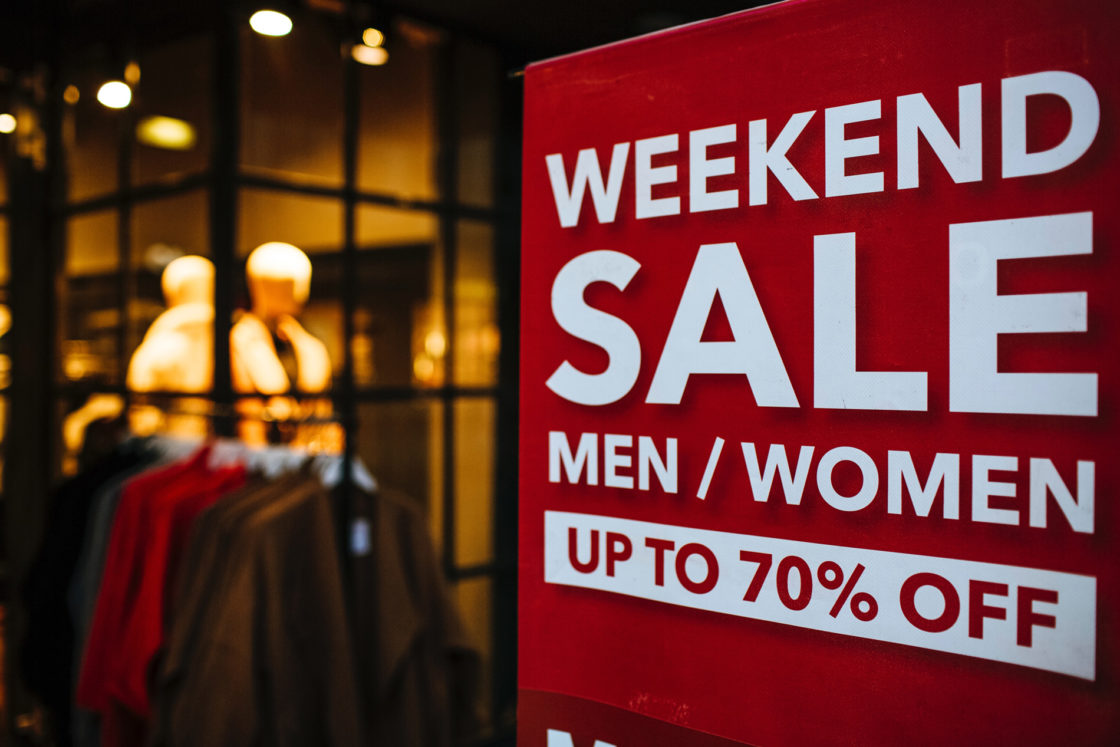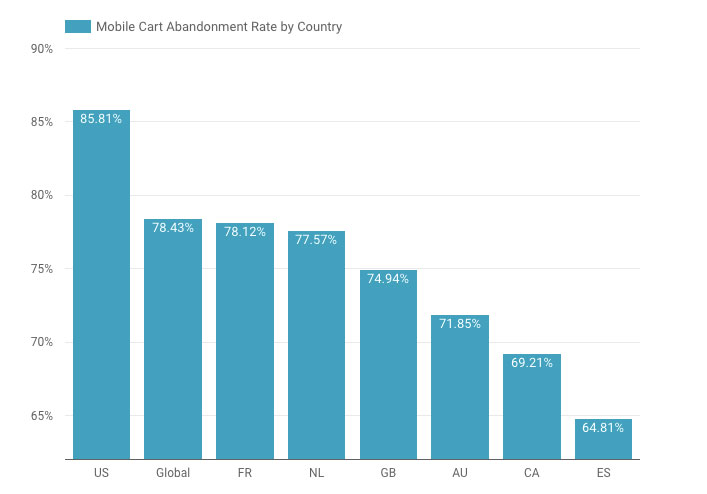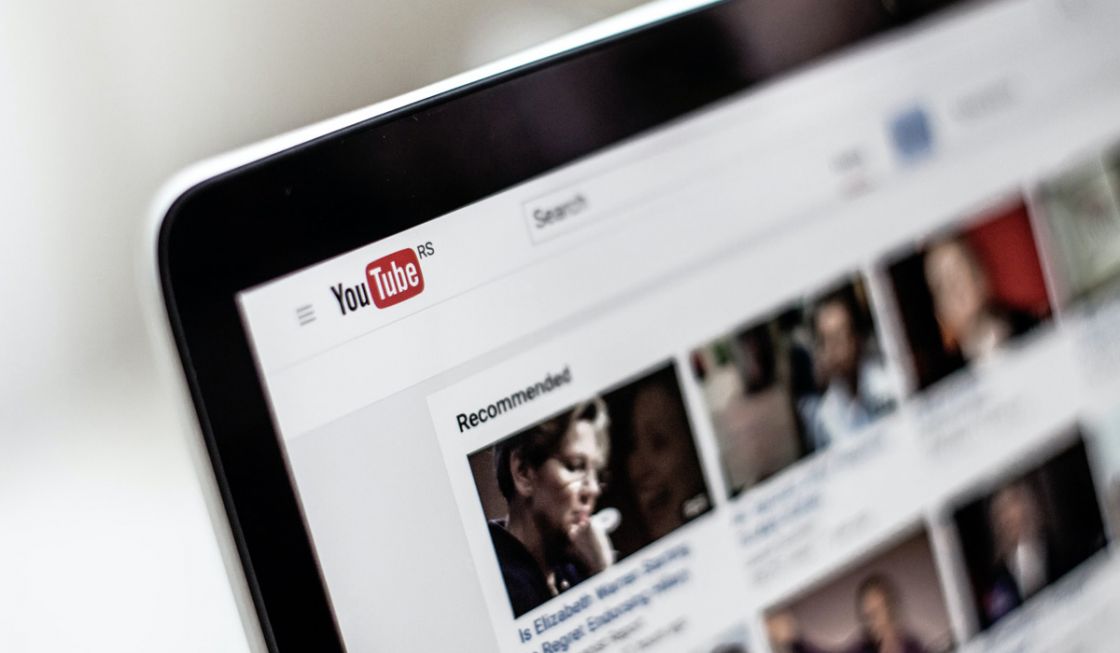Top 10 Black Friday strategies (Part 1)

Black Friday is one of the most anticipated events by retailers and eCommerce worldwide. Despite being a busy time for brands, it is the one that generates more profits during the year. In 2019, online purchases on Black Friday are expected to increase by 25%.
Black Friday’s offers tend to be more attractive, according to a report published by CNET, but Cyber Monday generates more real revenue for sellers. In 2018, the latest generated €7.9 billion in sales versus €6.2 billion spent during Black Friday.
What to do to guarantee the best results during this holiday season? First, you should have a personalization platform such as Recommend in place, and secondly, follow and implement our Top 10 Black Friday strategies for eCommerce.
Black Friday tips for your brand:
1.- Don’t be afraid of reducing your prices!
This is one of the only times of the year in which brands can significantly reduce their prices, without feeling that they are losing money or bypassing their values. According to Numerator, the discounts in all product categories for all retailers in 2018 were even greater. Last year, the average was 49.6% discount compared to 45.5% in 2017.
If the offer is attractive, compelling and differentiating, don’t be afraid to reduce prices by up to 50%. Also, do not forget your most important customers and dare to reduce prices even further. Hypersegmented emails are a good strategy for your VIPs. Even though these clients represent less than 5% of your database, these users tend to spend up to three times more.
2. Get ahead of your competitors
Do not wait until Black Friday to announce your offers. Start with segmented discounts and by categories, or with a lower discount and increase it as the big date approaches. Don’t waste time doing this manually. If you use Recommend, you can set up automation to increase the discount as time passes and to show product recommendations based on categories, conversion rate or even stock.
Start early and communicate your promotions at the end of October or beginning of November until reaching Black Friday and Cyber Monday. Use a coordinated promotional strategy across all online channels (website, emails and social media) to maximize sales. Consider extending your promotions after Cyber Monday to attract last-minute shoppers.
3. Optimize the mobile experience
Consumers spend more time on their mobile phones than ever before. While most of them still pay on their desktop computers and use their mobile phones mostly to navigate, last year during Black Friday and Cyber Monday, mobile transactions accounted for more than 50% of all sales. However, customers were far more likely to abandon their cart on mobile devices.
To increase your likelihood of succeeding in mobile purchases you should consider adapt the browsing and speeding your website, as well as offering one-click purchases. Epsilon Marketing found that “80% of consumers are more likely to do business with a company that offers personalized experiences,” so adapting offers to a user’s mobile device is a good strategy.

4. Simplify the payment process
CNBC reported that consumers spend €5,400 a year on impulse purchases, and 53% of those sales go to the fashion industry. Reducing the barriers to buy is an excellent strategy to boost impulse purchases on Black Friday. The one-click allows customers to buy items more easily while storing the payment information in a secure mobile wallet.
Also, the use of automatic discounts will speed up the process. Have more flexibility with promotions thanks to our personalization platform. For example, you can customize discounts by adding a minimum purchase amount or a specific number of items. Set conditions to apply only the discount to specific collections or products to facilitate the process for your visitors.
4. Less is more, at the right time
In 2018, brands spent 16% less on online advertising compared to the previous year. However, advertising spending increased by 8% year-over-year in general. This can be explained by the fact that shopping habits are changing and consumers start planning their gifts with months in advance.
Consumers are aware of the arrival of Black Friday but this does not mean that you should not advertise your offers. The best strategy is to acquire customers in advance and then implement a solid remarketing campaign. Another option is to advertise online contests to support your Black Friday and Cyber Monday promotion.
Another great strategy is to appeal to the emotional connection. By using inspiring images and highlighting positive testimonials on social platforms, when it comes the time to buy, the shoppers will remember your brand message.



